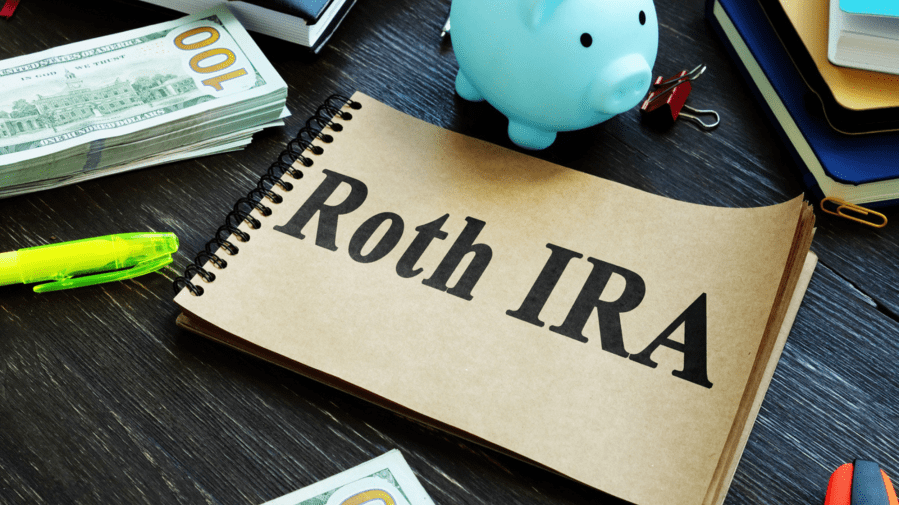
One effective thing you can do to prepare for your retirement is to utilize a retirement savings account. Accounts specifically intended to help you save for retirement can have advantages that other types of accounts don’t always offer. Here are some of the best retirement savings accounts to consider.
A Traditional 401(k)

A traditional 401(k) is an employer-sponsored account that you can use to save for your retirement. The contributions come directly out of your paychecks, making it a convenient option. Your contributions are tax-deferred and decrease your taxable income.
This means that in exchange for a tax break now, you’ll pay taxes when you withdraw the money in retirement. Many employers also offer some type of match on your contributions, providing an immediate return on your savings.
The traditional 401(k) does have contribution limits. For the 2019 tax year, you can contribute a maximum of $19,000 annually to your 401(k), as stated by the IRS. However, some companies limit their employees’ contributions to specific percentages of their salaries. The IRS limit for 401(k) contributions typically adjusts each year to account for inflation.
A Roth 401(k)

A Roth 401(k) functions very similarly to a traditional 401(k). The main difference is that contributions to your Roth 401(k) are made with after-tax dollars. This means that you pay taxes on the contributions now. However, when you withdraw the money for retirement, you don’t have to pay taxes on it.
Some employers allow their employees to choose between a traditional and Roth 401(k). One reason to use either a traditional or Roth 401(k) is to diversify the taxation of your retirement savings. It can be tricky to predict if you’ll benefit more from a current tax break or a tax break in retirement.
A Traditional IRA

A traditional individual retirement account (IRA) is a type of investment account that isn’t tied to a specific employer. You can open your own account with a brokerage firm or bank. You choose how you want to invest your money. Most accounts offer an assortment of stocks, stock funds and bonds.
As of 2019, you can put $6,000 into your IRA annually, according to the IRS. Contributions to a traditional IRA do reduce your taxable income, helping you reduce your income tax obligation. After you exceed a certain income limit, this deduction starts to decrease before it phases out completely.
SEP IRA

If you’re self-employed, a simplified employee pension (SEP) IRA is a way to save for your retirement. The SEP IRA is easy to set up with a bank or brokerage firm that offers the account. As of the 2019 tax year, you can contribute up to $55,000, notes the IRS.
A Roth IRA

Like the Roth 401(k), you make contributions to a Roth IRA with post-tax dollars. Your money grows tax-free, and the withdrawals are then tax-free when you use them in retirement. The contribution limits for a Roth IRA are the same as those for a traditional IRA.
One benefit of a Roth IRA is that you can withdraw the contributions at any time without having to pay a penalty on the money, even if the withdrawal occurs before you retire, states Charles Schwab. Note that this applies only to the contributions, not the earnings in the account, reveals Investopedia. If you take the earnings out before retirement, you may pay an early withdrawal fee on the funds in certain situations.





